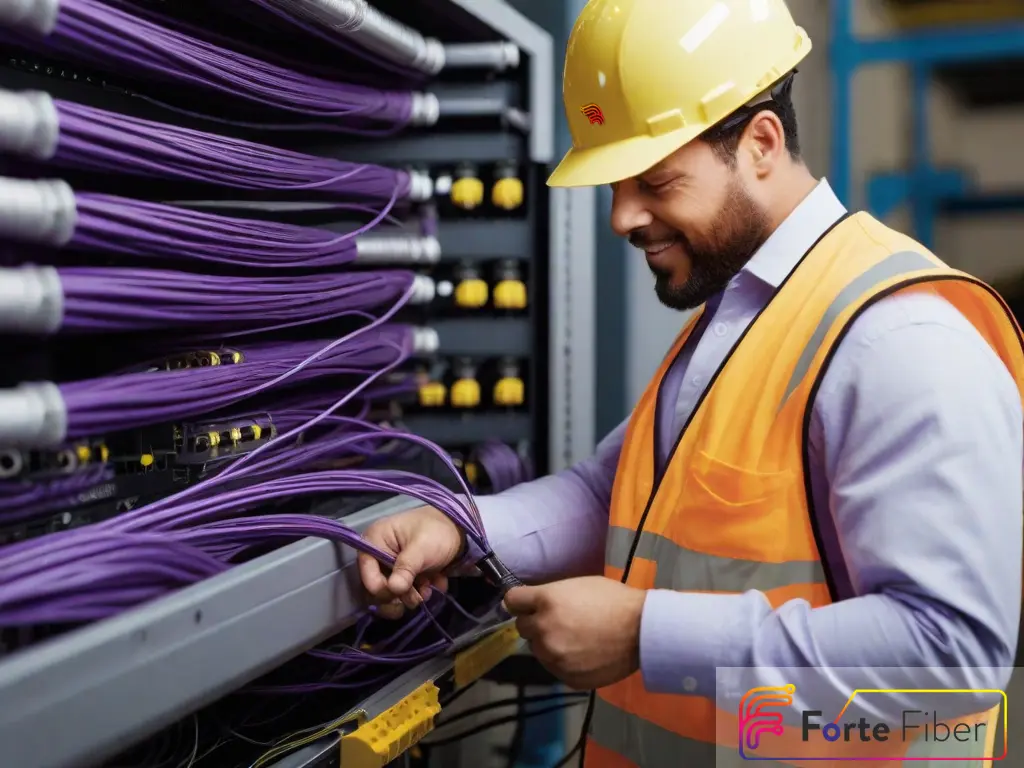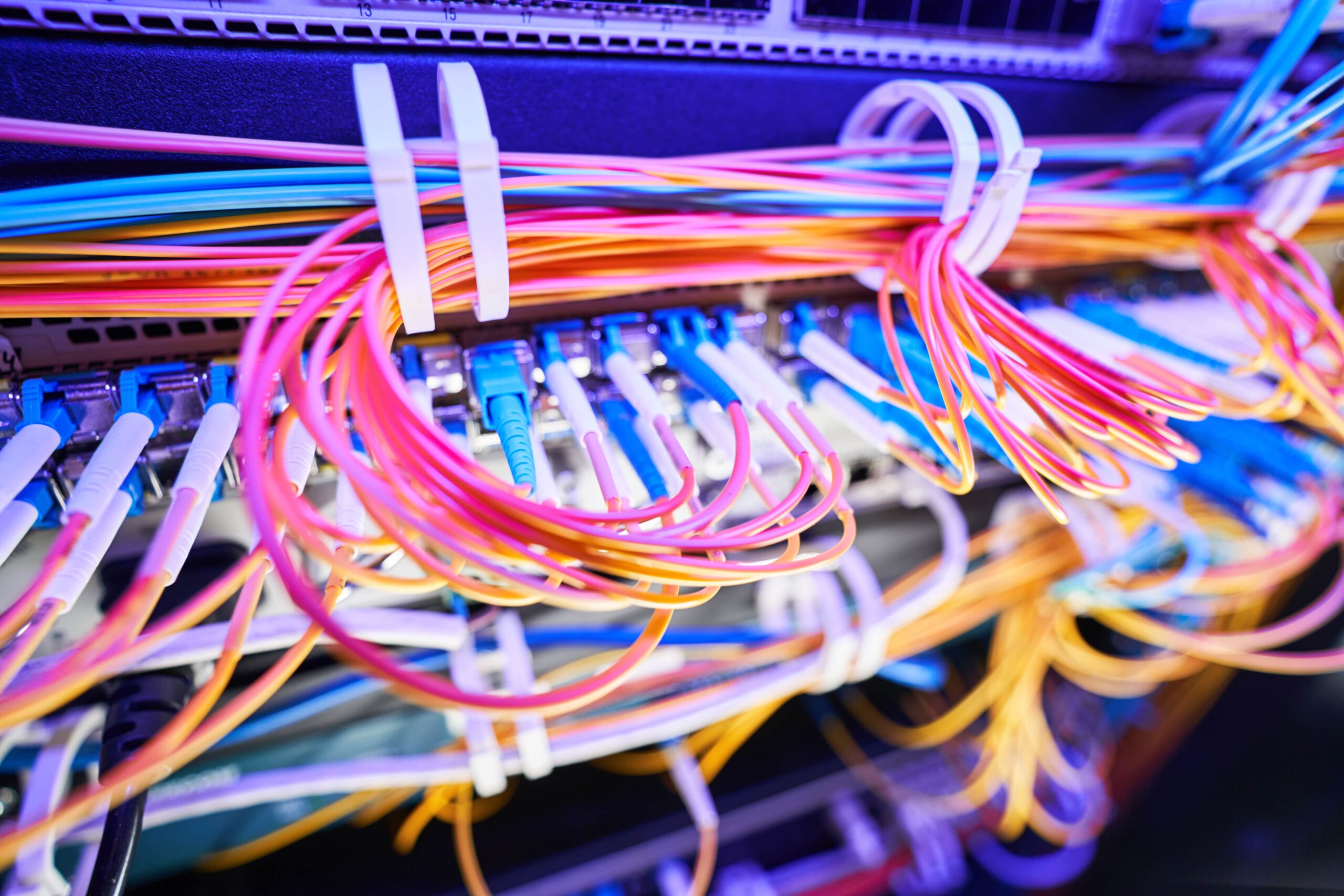
Fiber to the Home (FTTH), also known as Fiber to the Premises (FTTP), represents a groundbreaking approach in delivering lightning-fast internet connectivity. It involves the deployment of optical fiber from a central hub to individual buildings, ensuring high-speed internet access. The introduction of FTTH heralds a substantial leap in connection speeds available to computer users compared to alternative technologies.
FTTH boasts the potential for connection speeds of up to 100 megabits per second (Mbps), a remarkable leap ahead of the typical cable modem or DSL connections, which lag behind by 20 to 100 times. However, the extensive implementation of FTTH may entail significant costs due to the necessity of installing new cable connections from existing optical fiber lines to reach individual users.
In certain regions, Fiber to the Curb (FTTC) services is in place, wherein optical fiber cables run to the curbs near homes or businesses. These cables then transmit signals to end-users through copper mediums, forming a crucial link in the chain of connectivity.

How Does FTTH Operate?
The distinctive feature of FTTH lies in its direct connection of optical fiber to homes, apartment complexes, and commercial establishments. FTTH relies predominantly or entirely on optical fiber for the final stretch of telecommunications, utilizing light signals to achieve superior performance.
Within FTTH access networks, optical fiber cables originate from a central office and pass through a fiber distribution hub. These cables subsequently traverse a network access point (AP) and ultimately reach individual residences via a terminal functioning as a central junction box.
FTTH Architecture and Key Components
Fiber to the Home (FTTH) is made possible through the utilization of two distinct systems for transmitting data via optical fiber cables using light signals: Active Optical Networks (AONs) and Passive Optical Networks (PONs).
AONs rely on electrically powered switching equipment to direct signals to specific users. In contrast, PONs employ optical splitters to route signals, although they still necessitate electrically powered equipment at both the source and receiving ends of the network.
Both of these systems find application in FTTH implementations, with each offering its own advantages. However, PONs tend to be the more prevalent choice due to their cost-effectiveness during installation and their ability to deliver high-performance connectivity.
The network topology of PONs encompasses the following components:
- Optical Line Terminal (OLT) situated at the central office of the service provider.
- Optical Network Units (ONUs) positioned closer to the end user’s premises.
- An Optical Distribution Network in between the OLT and ONU, responsible for splitting and distributing the signal as it travels along the PON.
Advantages of FTTH
The primary advantage of Fiber to the Home (FTTH) lies in its superior network performance. FTTH delivers higher speeds over extended distances, surpassing the capabilities of older coaxial cables, twisted-pair cables, and DSL. Additionally, FTTH offers a substantially greater bandwidth compared to alternative connectivity methods.
Here are some of the benefits stemming from FTTH’s enhanced bandwidth capacity:
- Enhanced Performance for High-Definition Video Streaming: FTTH ensures smoother and uninterrupted high-definition video streaming on popular applications like YouTube and Roku, offering an immersive viewing experience.
- Upgrade Flexibility: FTTH allows for infrastructure upgrades without the need to replace the fiber itself. Network professionals can enhance the surrounding infrastructure, thus future-proofing the network.
- Superior Speeds Over Longer Distances: FTTH outperforms previous technologies by providing faster internet speeds over greater distances, enabling users to enjoy reliable connectivity even in remote areas.
- Better Performance than Other Fiber Configurations: FTTH’s direct connection to residences sets it apart from other fiber configurations. The ability to complete the remaining network segments with Ethernet or coaxial cables ensures efficient and reliable connections for end-users.
In summary, FTTH stands as a high-performance solution that not only caters to today’s demands but also offers a pathway for seamless network expansion and development in the future.

Fiber to the x (FTTx) Explained
FTTH is a specific variant of the broader term “Fiber to the x” (FTTx), where the “x” represents the specific point in the network where a fiber optic cable connects to provide service to nearby buildings. In each FTTx variant, the transition point between optical fiber and metallic cable varies. All FTTx versions are catalysts for advancing next-generation access, leading to improved broadband network speed and quality.
FTTH, or Fiber to the Home, derives its name from the fact that it directly connects fiber optic cables to a user’s residence. Often, network professionals use terms like Fiber to the Building (FTTB) and Fiber to the Premises (FTTP) interchangeably with FTTH. The network structure remains the same, as these terms collectively describe locations where fiber networks directly connect.
The subtle distinction between FTTH and FTTB lies in the fact that FTTH connects optical fibers directly to residential units, and one building may contain multiple such units. In FTTB, optical fibers link to the building, while metallic cables extend to individual units, such as homes or offices, within the building.
Numerous other FTTx variants include:
- Fiber to the Node (FTTN): In this setup, optical fiber connects to the network cabinet or node, with the signal then passing to copper wire.
- Fiber to the Terminal (FTTT): Fiber optic cables connect directly to desktop equipment in an office setting.
- Fiber to the Office: Similar to FTTT, a fiber optic cable connects to a mini switch at a user’s desk in an office. Typically, an office has several switches throughout the building, all managed from a central location.
- Fiber to the Street (FTTS): FTTS falls between FTTB and Fiber to the Curb (FTTC). It transitions to copper wire closer to the premises than FTTC but farther away than FTTB, which attaches directly to the building.
- Fiber to the Distribution Point (FTTdp): FTTdp is a hybrid of FTTC and FTTN. The fiber endpoint connects to the last feasible distribution point before reaching the end user’s premises.
Numerous other acronyms within the FTTx category exist, with the primary distinction among them being the precise point where fiber cabling ends and metallic wiring takes over.
It’s worth noting that fixed wireless differs somewhat from FTTH. Instead of transitioning from fiber optics to metallic cabling at the fiber endpoint, fixed wireless transmits a wireless signal into the home, eliminating the need for cabling in the final segment of the network, where most installation costs typically accrue.
The Evolution of FTTH
Since its inception in the 1980s, Fiber to the Home (FTTH) has undergone a significant evolution to meet the ever-expanding network requirements of the contemporary world. Notably, many fiber cables that were initially deployed in the 1980s remain in operation today, showcasing their enduring flexibility and utility. Over the decades, advancements in fiber technology have led to cost reductions and simplified installation procedures. As a result, FTTH and fiber optics have seen a remarkable surge in adoption and usage in recent times. This growth reflects the ongoing commitment to enhancing connectivity and meeting the escalating demands of our interconnected society.

